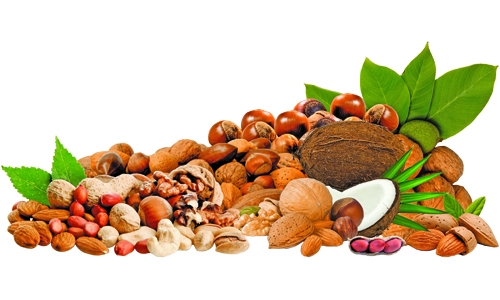Fats and Lipids
The words “oils”, “fats”, and “lipids” are all used to refer to fats, “oils” is usually used to refer to fats that are liquids at normal room temperature, while “fats” is usually used to refer to fats that are solids at normal room temperature. “Lipids” is used to refer to both liquid and solid fats.
Fats and Lipids constitute approximately 34 per cent of the energy in the human diet. Because fat energy rich and provides 9 kcal per gram of energy, humans are able to obtain sufficient energy with a reasonable daily consumption of fat containing foods. Fats help in the absorption of fat-soluble vitamins A, D, E, and K.
Fat is high in calories and small amounts can add up quickly. If you eat more calories than you need, you will gain weight.
UNHEALTHY DIETARY FAT: (BAD FATS)
There are two main types of unhealthy dietary fat:
1)Saturated Fat
2)Trans Fat
SATURATED FAT:
(Bad for you)
Saturated fats have no double bonds. This is a type of fat that comes mainly from animal sources of food, such as red meat, poultry and full fat dairy products, They are solid at room temperature.
A diet rich in saturated fats can drive up increase total cholesterol and lower the LDL cholesterol which prompts blockages to form in arteries in the heart and elsewhere in the body.
TRANS FAT: (Bad for you)
An unhealthy substance, also known as trans fatty acid, made through the chemical process of hydrogenation of oils. Hydrogenation solidifies liquid oils and increases the shelf life and the flavour stability of oils and foods that contain them. Trans fat is found in vegetable shortenings and in some margarines, crackers, cookies, snack foods and other foods.
Eating foods rich in trans fats increase the amount of harm LDL cholesterol in the blood stream and reduces the amount of beneficial HDL cholesterol.
HEALTHIER DIETARY FAT: (GOOD FATS)
Good fats come mainly from vegetables, nuts, seeds, and fish. Healthy fats are liquid at room temperature, not solid.
MONOUNSATURATED FATS: (MUFAs)
Mono means “one” unsaturated chemical bond. Monounsaturated oils are liquid at room temperature but start to solidify at refrigerator temperature. Canola, olive oil, and peanut oils and avocadoes are sources of monounsaturated fats
POLY UNSATURATED FATS: (PUFAs)
Poly means “many” unsaturated chemical bonds. Polyunsaturated oils are liquid at room temperature and in the refrigerator. Common sources of polyunsaturated fat are safflower, sesame and sunflower seeds, corn, & soy beans, many nuts and seeds and their oils.
Both types of unsaturated fats may help lower your blood cholesterol level when used in place of saturated fat in your diet. Remember to be moderate in your intake of all types of fat. Poly- or monounsaturated oils — and margarines and spreads made from these oils — should be used in limited amounts in place of fats with a high saturated fat content, such as butter, lard, or hydrogenated shortenings.
OMEGA 3 FATTY ACID:
One type of polyunsaturated fat is made up of mainly omega-3 fatty acids and may be especially beneficial to your heart. Omega-3, found in some types of fatty fish, appears to decrease the risk of coronary artery disease. It may also protect against irregular heartbeats and help lower blood pressure levels. There are plant sources of omega-3 fatty acids.
SOURCES:
Fish high in omega-3 fatty acids include salmon, tuna, trout, mackerel, sardines and herring. Plant sources of omega-3 fatty acids include flaxseed (ground), oils (canola, flaxseed, soybean), and nuts and other seeds (walnuts, butternuts and sunflower).
Which is better for you BUTTER or MARGARINE?
Margarine usually tops butter when it comes to heart health. Margarine is made from vegetable oils, so it contains unsaturated “good” fats — polyunsaturated and monounsaturated fats. These types of fats help reduce low-density lipoprotein (LDL), or “bad,” cholesterol when substituted for saturated fat.
Look for a spread that doesn’t have Trans fats and has the least amount of saturated fat. When comparing spreads, be sure to read the Nutrition Facts panel and check the grams of saturated fat and trans fat. Limit the amount you use to limit the calories.
Related Posts

